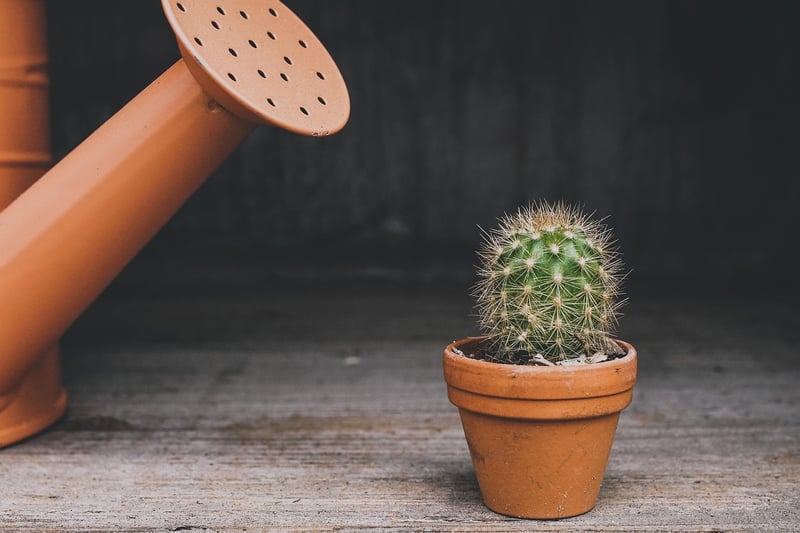Watering Techniques
Mastering Watering Techniques: Expert Advice for Healthy Plants

The Importance of Proper Watering
Watering is a crucial aspect of plant care that directly impacts their growth and health. Understanding the right watering techniques can help you nurture vibrant and thriving plants.
1. Watering Frequency
Knowing when to water your plants is key. Check the soil moisture level by inserting your finger into the soil. Water only when the top inch is dry for most houseplants.
2. Watering Methods
Use a watering can or a gentle spray nozzle to water your plants evenly. Avoid harsh streams of water that can damage delicate leaves.
3. Watering Time
Water your plants in the morning to allow for absorption during the day. Avoid watering in the evening to prevent excess moisture that can lead to fungal diseases.
4. Plant-Specific Needs
Understand your plant's specific watering requirements. Some plants prefer dry conditions, while others thrive in consistently moist soil.
5. Drainage
Ensure your pots have drainage holes to prevent waterlogging. Excess water can lead to root rot and other issues. Empty saucers after watering to avoid standing water.
6. Monitoring
Regularly observe your plants for signs of overwatering or underwatering. Wilting, yellowing leaves, or mold growth can indicate watering problems.
7. Seasonal Adjustments
Adjust your watering schedule based on seasonal changes. Plants may need more water during hot summers and less during cooler winter months.
By mastering watering techniques and understanding your plant's needs, you can create an optimal environment for healthy growth. Remember, the key to successful plant care lies in finding the right balance in watering.
For more plant care tips and expert advice, explore our gardening resources.
